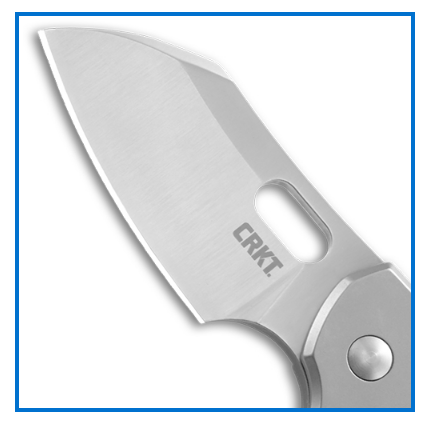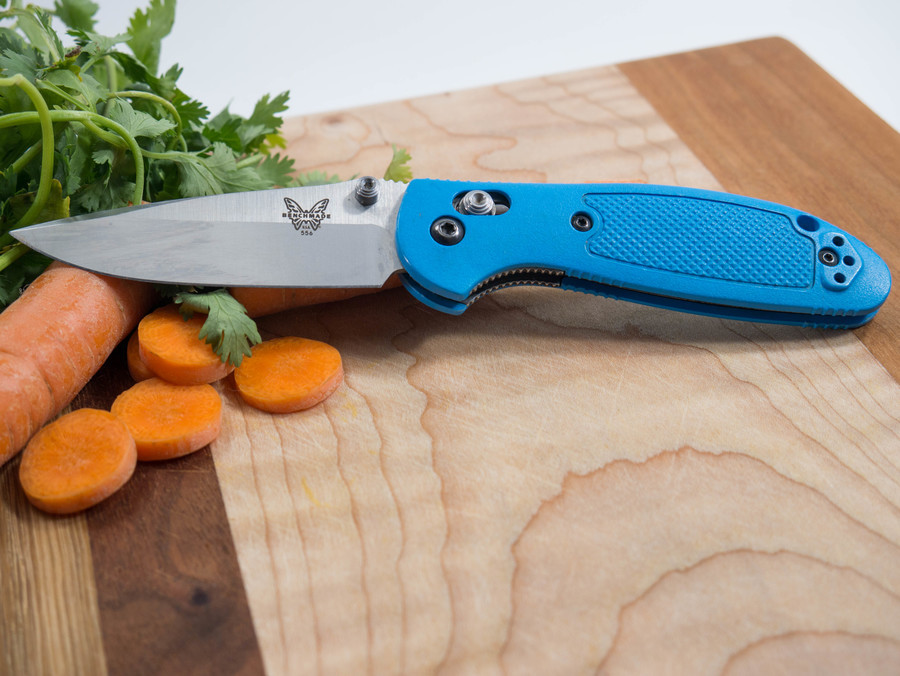

These blades also excel at poking holes in harder materials. This can transfer to the modern tasks of things such as breaking down boxes. Their is no doubt that the blade design lends itself well to poking and puncturing duties. But the overall function of the blade still needs to have a strong purpose. These traditional combat applications don't really carry forward to the modern day so many people may wonder why the Tanto style is so popular? The overall style and look of the blade is definitely one of the factors that leads to its popularity. They were designed to be usable in smaller areas and for puncturing armor as needed. The traditional Tanto blade purpose was for close quarters combat and as a hold out weapon. You can read more about it in this post here about Spey Blade Uses. This hardening process also gave the blade a harder edge while still allowing for a bit of a softer spine and more overall strength to the blade.Ī different blade with western origins and completely different purpose but also has an angled tip is the Spey blade. This hardening process produced a Hamon that gives many Japanese blade edges their characteristic look. Most tanto blades were traditionally differentially hardened. Tanto knives were sometimes carried as a secondary blade to a Katana or longer sword and were often used for thrusting and puncturing duties. Some had detailed grooves running the length of the blade. Some were double sided, Some had more curved or less curved blades. Within the main traditional Tanto blade style were different subsets of designs that each had their own specific details and styles. Instead, they had a slight trailing edge with a classic point. They did not have the sharply angled edges on the tip that a modern Tanto blade has.

The Traditional Japanese Tanto was fairly simple with blade lengths usually being between 10 and 12 inches long. Traditional Tanto blade design comes from Japanese inspiration.


 0 kommentar(er)
0 kommentar(er)
